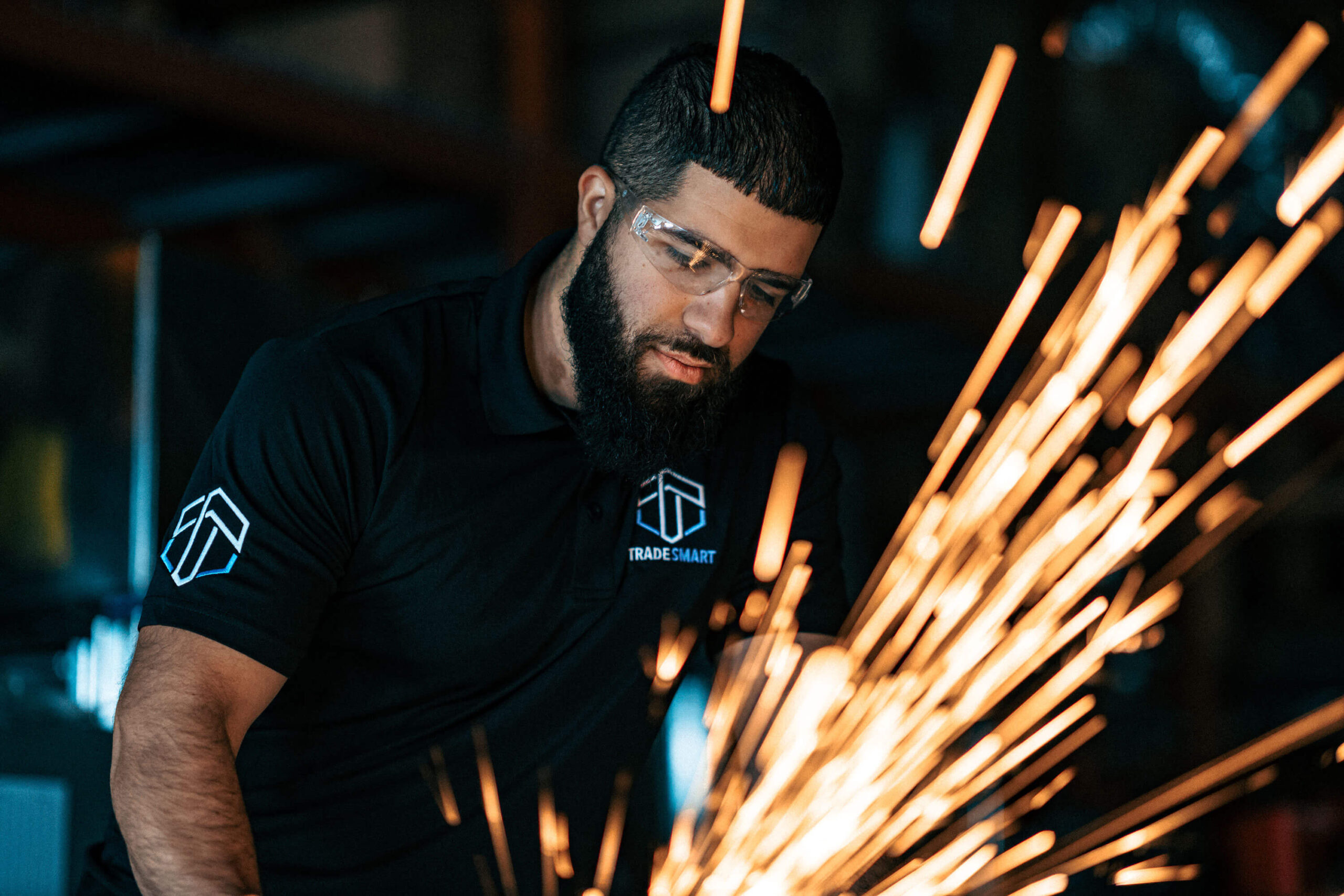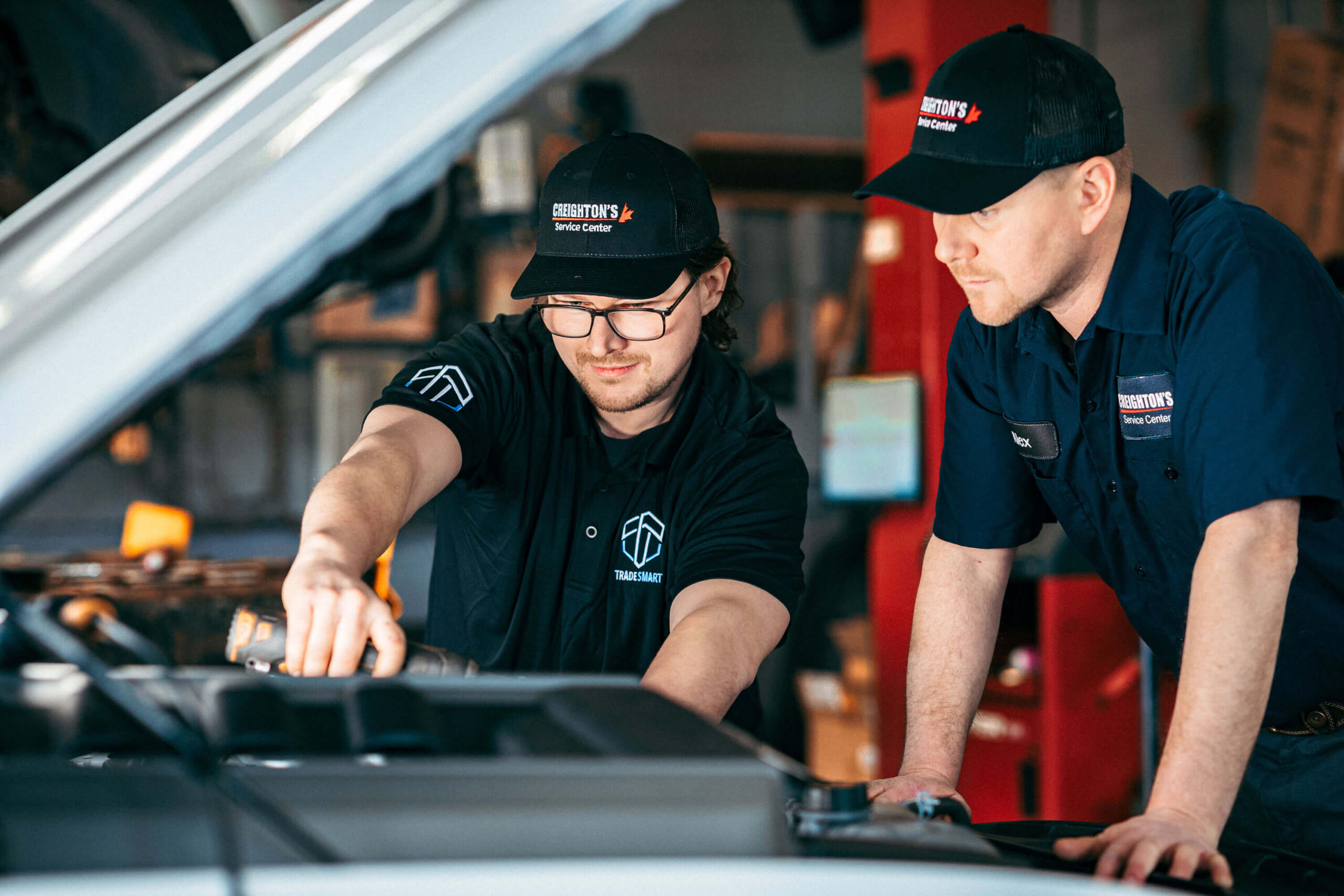
The Sizzle of the Trades
The Sizzle of the Trades Becoming a skilled trades apprentice opens up a massive range of career possibilities. More people are being attracted to these opportunities, in part because HGTV and the various

By any measure, Ontario is desperately short of skilled tradespeople. We need people now, but the first step in becoming a tradesperson is to get signed as an apprentice. The only way into a skilled trade is to complete an apprenticeship. You’d think that with the shortage, almost everyone who wants to get into the trades can get an apprenticeship. Well, the numbers tell a very different story, and getting signed is one of, if not the most difficult steps in becoming a tradesperson. So how does one get signed as an apprentice?
This is perhaps the most important question that you should answer before deciding to spend your time and money on a pre-apprenticeship program. By their very name, these programs should prepare you for an apprenticeship, so the question is how well do they do it?
The reality is that no college in Ontario will guarantee you an apprenticeship once you graduate. By law, and by common sense, they can’t. So if there is no guarantee, what are your chances of getting signed? One way to find out is to look at what’s happened to students in the past. Luckily, the Ontario government provides data on this.
This is a more specific, and more testable question for anyone considering a pre-apprenticeship program. Hypothetically, if you are one of 100 students who enrol in, for instance, a pre-apprentice electrical program, how many of you will end up getting signed as an apprentice? The answer is obviously less than 100 because:
In other words, some of the people who start the program will fail or get kicked out, some people who graduate will decide to do other things (go back to school, stay home, travel), and some people will get jobs, but not as electrical apprentices. So what do the numbers tell us? Unfortunately, the results are a bit depressing.
When we use the government data collected for four major trades and we account for the students who don’t graduate, who don’t stay in the labour force, and who don’t get jobs in their field of study, we end up with the percentages in the table below.
| Program/Trade | % Chance you will get an Apprenticeship* |
| Carpentry | 24 |
| Electrical | 20 |
| HVAC (sheet metal, gasfitter) | 23 |
| Plumbing | 26 |
These percentages seem distressingly low, but they are based on official government data. I have some personal, anecdotal experience with these percentages. My oldest son graduated from an electrical pre-apprentice program several years ago and he was one of only 4 graduates from a class of 40 that eventually got signed as an apprentice. In fact, that 10% success rate was one of my personal motivations for helping to start Trade Smart College. I just figured there had to be a way to do better than this.
There is no single reason why these percentages are so low. In fact, there are even some good reasons why people don’t end up continuing in their chosen trade. Some people genuinely find better opportunities, decide the trade isn’t right for them, or get excited about doing something else. But this doesn’t detract from the fact that lots of people spend a lot of time and money on pre-apprenticeship programs and can’t get into their field.
For us at Trade Smart College, we think these percentages are too low. And we think they point to a whole series of problems along the pathway into apprenticeship. The three main problems are:
Our diploma program addresses all three of these problems head-on. To find out how, please check out my other posts, or reach out to us and one of our team members will be happy to answer your questions. We are not perfect and we do not promise anyone a job, but we are determined to raise these percentages.
There is a shortage of qualified tradespeople in Ontario, but there are lots of people who want to fill that gap. Unfortunately, for every 100 people who want to go into some of the main construction trades, only about 25% are able to do so. This means there are barriers along the apprenticeship pathway, and they need to be addressed for the sake of students, trades companies, and the economy. Contact us, or come by for a visit, and see how we’re trying to eliminate those barriers.
*Footnote: Here is the basic formula to arrive at the numbers in the table.
C = G x P x F
Where C is the % chance of getting signed as an apprentice,
G is the Graduation Rate for the program
P is the Labour Force Participation Rate for the program, and
F is the percentage of labour force participants who are working in their field, or a partially related field.
For example, the numbers for Carpenters are as follows:
G = 60%
P = 73.5%
F = 53%
So C for carpenters is: .60 x .735 x .53 = 23.37%.
In other words, out of 100 people who start a carpentry pre-apprentice program, only 23 of them get signed as apprentices.
Here are the numbers for the other three trades in the table (expressed as decimals).
| G (grad rate) | P (part. rate) | F (in Field rate) | C (chance signed) | |
| Electrical | .64 | .71 | .44 | .20 |
| HVAC | .72 | .39 | .82 | .23 |
| Plumbing | .70 | .84 | .44 | .26 |
Data for this table is provided by the Ontario Ministry of Colleges and Universities for the 2017-18 year (the latest year for which data are available). The data used for these calculations can be found at: https://www.app.tcu.gov.on.ca/eng/labourmarket/employmentprofiles/index.asp . The programs pulled for analysis are: Carpentry and Renovation Techniques; Electrical Techniques; Plumbing Techniques, and; Heating, Air Conditioning and Refrigeration Techniques. All programs are Ontario College Certificate programs.

The Sizzle of the Trades Becoming a skilled trades apprentice opens up a massive range of career possibilities. More people are being attracted to these opportunities, in part because HGTV and the various

The Four Big Myths About the Skilled Trades When you think of a career in the skilled trades, what comes to mind? For many, the image isn’t flattering: dirty, physically exhausting work for

We Need More People in the Skilled Trades For decades, we’ve been hearing about the shortage of people entering the skilled trades, and it seems like the problem is getting worse, not better.
